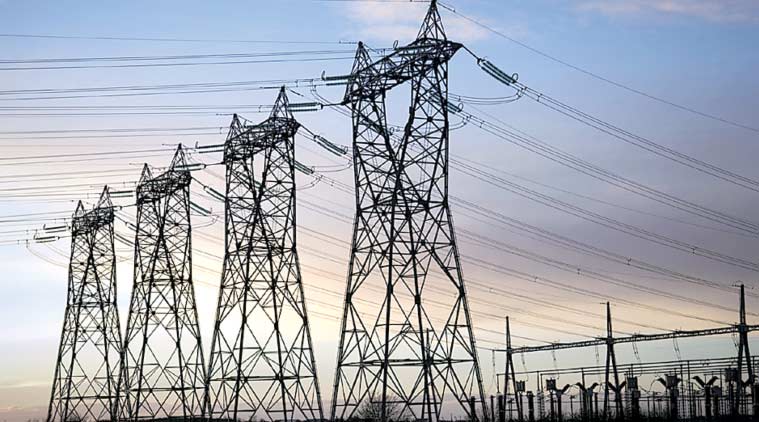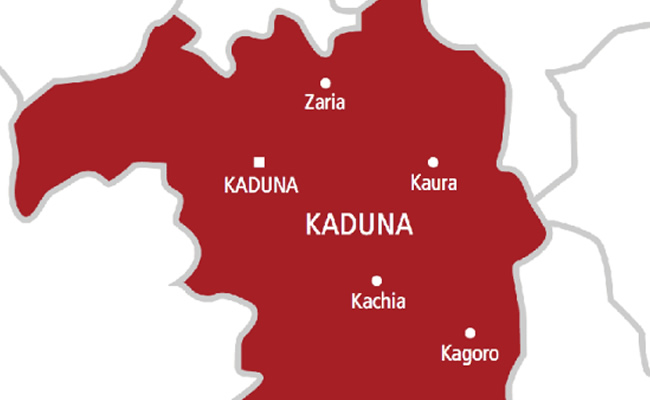Nigeria economy to grow by 0.8% in 2017 – IMF

..As global economy set to grow by 3.5%
The International Monetary Fund (IMF) on Tuesday predicted that Nigeria is expected to return to growth in 2017 after a challenging 2016 characterised by recession, a dip in oil prices and energy shortages.
The world financial body, in its new report, disclosed that output in Nigeria is projected to grow by 0.8 percent in 2017 as a result of a recovery in oil production as well as sustained growth in the agricultural sector.
The Economic Counsellor and Director of the Research Department of IMF, Maurice Obstfeld, said the momentum in the global economy has been building since the middle of last year, “allowing us to reaffirm our earlier forecasts of higher global growth this year and next. We project the world economy to grow at a pace of 3.5 percent in 2017, up from 3.1 percent last year, and 3.6 percent in 2018.”
According to IMF, “Growth is projected to rise to 2.6 percent in 2017 and 3.5 percent in 2018, largely driven by specific factors in the largest economies, which faced challenging macroeconomic conditions in 2016,” the IMF said in its latest World Economic Outlook report.
However, a slump in commodity price in 2016 and devastating drought had affected growth in several countries in the Sub-Sahara Africa, resulting in 1.4 percent growth of Gross Domestic Product (GDP).
But Obstfeld said, the growth will be broad- based across advanced, emerging and low income economies, building on gains seen in both manufacturing and trade, adding, “our new projection for 2017 is marginally higher than what we expected in our last update. This improvement comes primarily from good economic news for Europe and Asia and within Asia, notably for China and Japan.”
He pointed out that despite these signs of strength, many other countries will continue to struggle this year with growth rates significantly below past forecasts.
The IMF chief said many commodity exporters remain challenged – notably in the Middle East, Africa and Latin America, saying at the same time, a combination of adverse weather conditions and civil unrest threatens several low-income countries with mass starvation.
He said income growth could fall slightly short of population growth in Sub-Saharan Africa, but assured that this would not be nearly as much as in 2016.
Obstfeld said whether the current momentum will be sustained remains a question mark, but said there are clearly upside possibilities.
Although the IMF chief was optimistic that consumer and business confidence in advanced economies could rise further and that confidence indicators are already at relatively elevated levels, he nevertheless cautioned that the world economy still faces headwinds.
Commenting on other Africa countries, IMF noted that South Africa, which was hit by slow growth in 2016 was expected to register a slight improvement of 0.8 percent, up from 0.3 percent in 2016, as the impact of devastating drought was beginning to recede and electricity capacity improved.
The continent’s most advanced economy is currently reeling from a recent downgrade to “junk” status by two credit ratings agencies, Standard & Poor’s and Fitch, something which could have an adverse impact on the already anaemic economy.
Another regional black gold producer, Angola, which experienced zero growth in 2016, was expected to show improvement this year, thanks to the effects of economic diversification.
Although there were signs of recovery in the region, the international lender warned that the outlook remained subdued.
“Many of the largest non-resource intensive countries will find it increasingly hard to sustain growth through higher public capital spending, as they have done in the past, in the face of rising public debt and a slowing credit cycle”, he added.
It said output growth was expected “only moderately” to exceed population growth over the forecast horizon.
Double digit inflation was forecast in several countries, including Nigeria, Angola and Ghana, following a sharp depreciation of their respective currencies in recent months.
Tanzania, Kenya, Ivory Coast and Senegal are forecast to lift GDP by between 5-7 percent in 2017 while Ethiopia is expected to grow by 7.5 percent.








